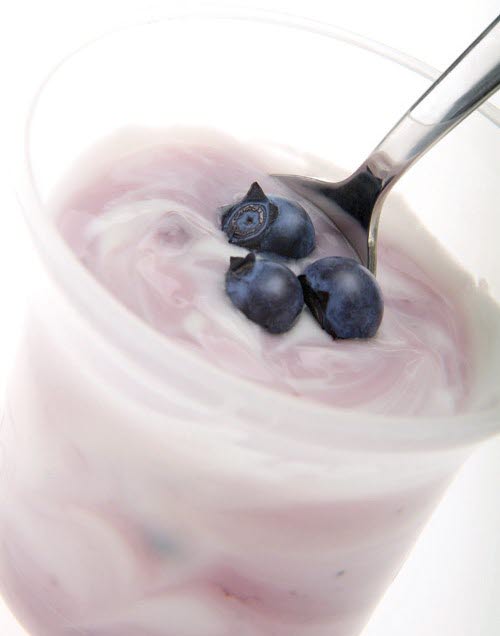Understanding Sensitive Fluids
Alright, let’s talk about sensitive fluids. Imagine ketchup – you want it on your burger, but it doesn’t pour out smoothly. That's because it's a shear-thinning fluid. It becomes thinner when you apply force, like shaking the bottle. On the flip side, there are shear-thickening fluids, like that weird cornstarch and water concoction you played with as a kid. Squeeze it gently, and it feels liquid; smack it hard, and it acts like a solid. Understanding these behaviors is crucial, especially in industries where precise control is needed. Think about making cosmetics or even inks for your favorite pens – getting the consistency just right is an art.
Understanding Viscosity
Now, viscosity might sound like a fancy word, but it’s everywhere. Picture honey – it’s thick and gooey, right? That’s high viscosity. On the other hand, water flows easily; it has low viscosity. Why does this matter? Well, think about pumping these substances. Pumping honey is vastly different from pumping water. You need more power and specialized equipment to handle that thick, sticky honey. Our engineers dive deep into these properties to select pumps that can handle a variety of fluids efficiently. Whether it’s in the food industry, where they handle sauces and syrups, or in chemical plants, understanding viscosity is key to smooth operations.
Handling Sensitive and Viscous Fluids
Now, handling these fluids isn’t just about knowing their quirks. It's about ensuring that they flow consistently and don’t clog up pipes or pumps. For instance, in the oil industry, they deal with viscous crude oil. Getting it from the ground to your car’s tank involves a series of precisely engineered pumps and pipelines. If the viscosity changes due to temperature fluctuations, it could lead to complications. Our engineers tackle these challenges, ensuring that industries worldwide can handle these fluids efficiently.


